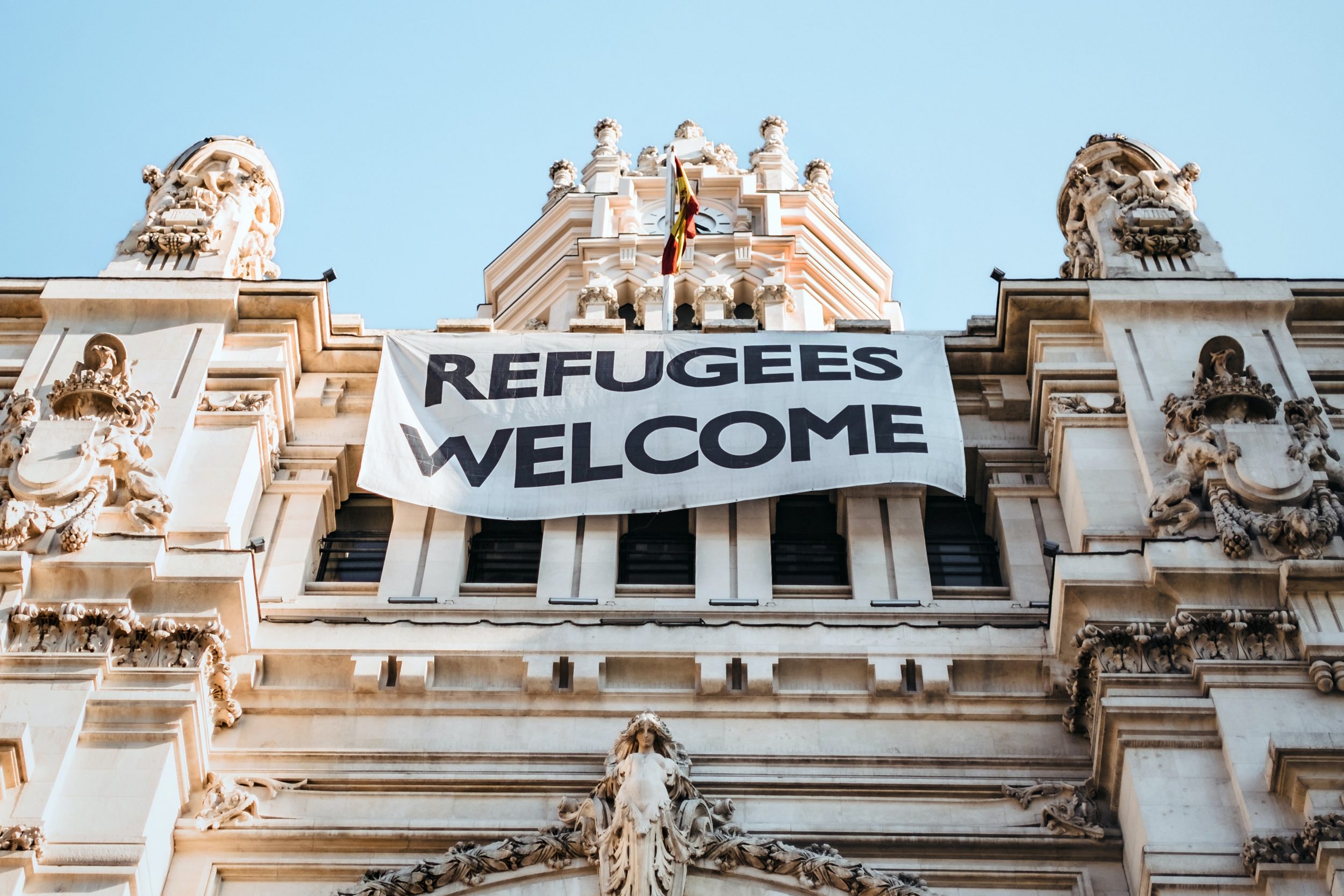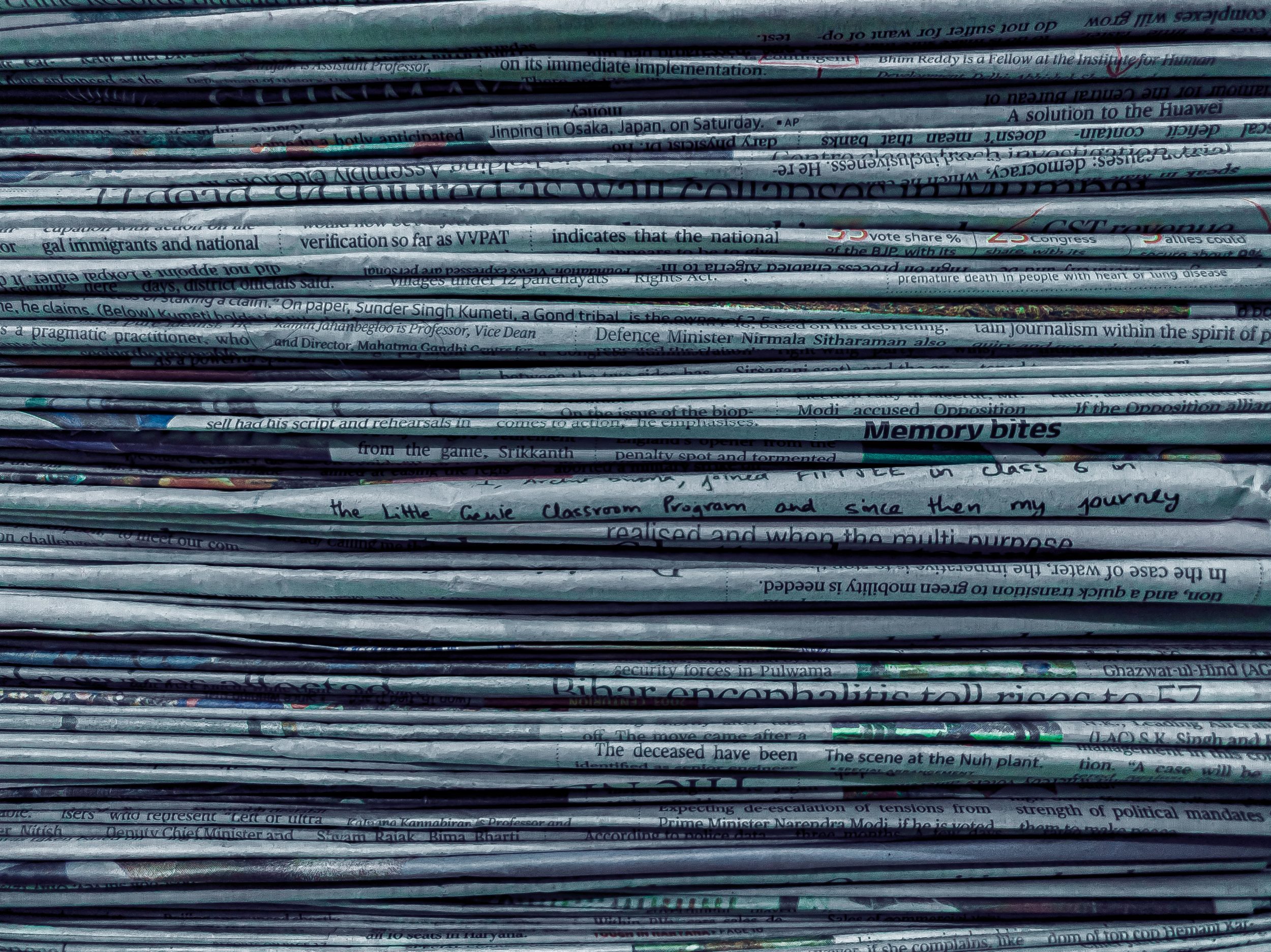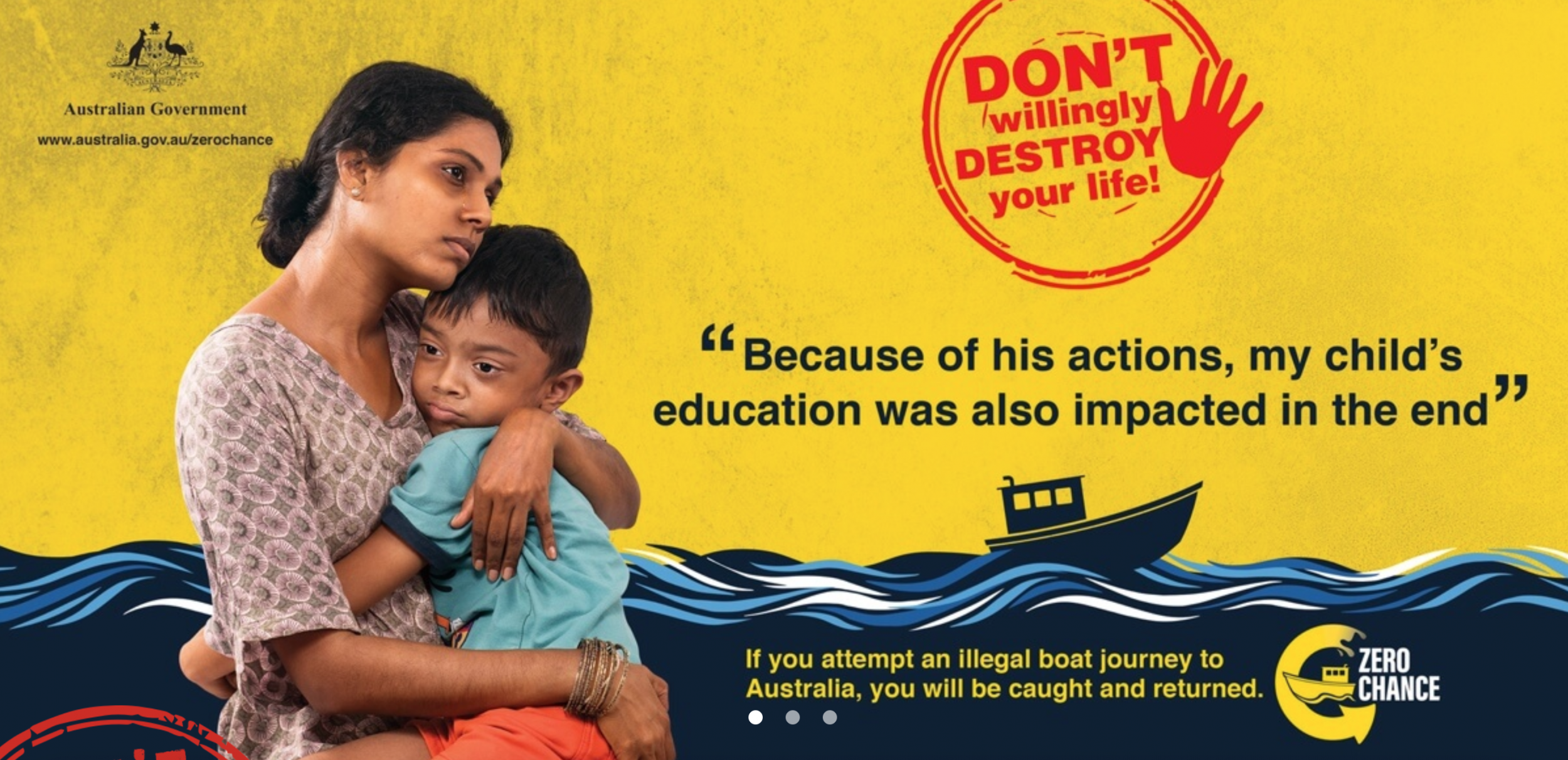 LSE’s Professor Lee Edwards reflects on UK media coverage of the war in Gaza and Israel and the role that media plays in representing the conflict.
LSE’s Professor Lee Edwards reflects on UK media coverage of the war in Gaza and Israel and the role that media plays in representing the conflict.
Author’s note: In this post, I reflect on some aspects and consequences of the media coverage of the war in Gaza and Israel. I am a white British woman; I have no Israeli or Palestinian heritage and I am not Jewish or Muslim. I worked and travelled in Israel twice during the late 1980s and early 1990s, meeting and staying with both Palestinians and Israelis. I loved the country and the people I met. I write from a personal perspective, but as an academic who researches and teaches about injustice and inequality in the strategic communications industries and the wider media environment. Some of the links connect to sites that contain information and images that may be triggering, so they should be used with caution.
Over two months into the war in Israel and Gaza, the coverage of the conflict and its brutal realities continues to be intense in the UK media. The media interest is crucial – it highlights the continuous trauma of victims and survivors in Israel following the October 7 atrocities committed by Hamas, and systematically follows the horrendous ongoing bombing of Gaza over the past seventy days – what aid organisations including UN agencies have described as one of the worst humanitarian disasters they have witnessed.
Media coverage of the conflict must surely play an important supportive role in the continued calls for a ceasefire and an end to innocent civilian deaths. Yet, like all media coverage, it nonetheless directs our gaze towards specific realities, and obscures others. Empirical research is still needed to understand the ways different issues have been covered, and this post does not claim that specific journalists are wilfully ignoring certain aspects of the war and its context. It is simply a recognition that, as research has confirmed, when covering war and humanitarian disasters, the systemic tendencies of news are oriented towards certain types of stories and actors rather than others.
The ‘battlefield’ for this war is represented as Gaza. In images, videos and narratives, we see the impact of war, and particularly the scale of Palestinian suffering – but Palestinian narratives are nonetheless tightly framed by the dynamics of their mediation. Mediation happens through imagery of the aftermath of Israeli Defence Force (IDF) bombing campaigns: decimated refugee camps, houses, and schools as well as overflowing hospitals filled with the injured and dying. It also happens through the voices that speak on Palestinians’ behalf – the elite (journalists, Middle East experts), the authoritative (the UNRWA chief executive and other UN / NGO leaders), and the witnesses (doctors and NGO staff working in locations where Palestinians have been forced to move to).
These narratives are overwhelmingly focused – not unexpectedly – on the scale of the catastrophe being experienced by Palestinians. But as my colleague Lilie Chouliaraki and others have argued, in privileging the spectacle of suffering, where the drama of violence and humanitarian disaster is the overwhelming focus, context can easily be lost. Palestinians have certainly been invited to explain their grief and trauma, but when their narratives are limited to trauma and loss, the coverage also objectifies their status as an urgent ‘humanitarian cause’ in the immediate present, rather than caught up in a long-term, chronic conflict. Simultaneously, it limits other discussions of the effects of the war on Palestine’s rich political, social and cultural fabric, the destruction of which is a crucial aspect of the existential violence being pursued against them.
The Israeli perspective of the war has been represented primarily through the voices of Prime Minister Benjamin Netanyahu, the IDF and the hostages and their families. This militaristic mediation constructs Israel as a nation, aggressor and victim, but the strong linkages between the three mean that personal traumas of victims, experienced during and after the attacks by Hamas on October 7th, are difficult to narrate separately from the catastrophic war as a response to national trauma. In the process, victims’ lived experiences can become less visible and their suffering risks being subordinated to militaristic and government agendas.
Importantly, this dynamic is also gendered: while the extreme sexual violence carried out against women and girls by Hamas during the October 7 attacks was initially recognised by international media, it was not until investigations by Israel’s Civil Commission on Oct 7th Crimes by Hamas Against Women and Children and The Times newspaper’s Chief Foreign Correspondent Christina Lamb were made public in early December, that more focused and sustained media attention on the atrocities has been evident. Given the widespread acknowledgement that sexual violence is both a war crime and regularly used as a weapon of war, and that women are so often the most vulnerable victims of war, including in Gaza, it might seem surprising that the violations received limited attention. The attention paid to the recently published investigations also prompts questions about whether and how evidence might be collected if such violence is being perpetrated against women in Gaza, given the current chaos in the territory. In any war, the challenge is complex: in this interview, Lamb points out the unreasonable expectation of survivor evidence to legitimise rape claims, particularly when events in wartime are so traumatic that they take years to speak out about, and often are never discussed. Perhaps even here, it is also a question of demonstrating ‘believability’, where a woman’s structural subordination means her status as a truth-teller is always in doubt. Where witness statements and forensic evidence have been gathered, they can corroborate claims; where these are not available, the risk is that demonstrating ‘authenticity’ will be the only way survivors can access justice.
In the media, Israel with/as its government and military actors, and Jewish identity more generally, are often left undifferentiated. While Israeli and Jewish identities are clearly strongly linked, nonetheless Israel has never been exclusively Jewish, and the conflation of the two creates a tendency to obscure the fact that Jews across the world as well as in Israel itself have long protested the occupation of Palestinian territory and continue to reject the extreme response against Palestinians across Gaza, as well the violence that goes unpunished in the West Bank.
The absence of this particular aspect of Israeli political life is exacerbated by the fact that in much UK coverage, the history and the present of Israel and Palestine has been constructed as a singular story of conflict and tension. While this is certainly the dominant pattern, it is not the only reality. For decades, Palestinians and Israelis have been engaged as peace-makers between their communities, often going against popular opinion to persist in their message and education. As Margalit Toledano’s research has illustrated, the transformational work done in these spaces of peace-making – much of the time by women – is built on seeing the ‘other’ as human, while grounding dialogue in the vast differences in life as occupier and occupied, and the pain experienced by both communities as real and valid. The current prospects for such peace-making may seem remote, as Israeli journalist and activist Anat Saragusti argues in this podcast, but hope remains, even among those who are living through the most extreme suffering.
The impact of the war has also extended closer to home: the increased discrimination against Jewish and Muslim communities in the UK since October 7, manifest in the huge increase in both antisemitic and Islamophobic hate crimes, is also part and parcel of the current war’s far-reaching consequences. Since the beginning of the war, members of both Jewish and Muslim communities in the UK have spoken about experiences of hate crime when regarded as proxies, representations or extensions of the communities in Israel and Gaza. It may be that the mundanity of both antisemitism and Islamophobia in the UK, both of which were a regular occurrence before the October 7 attacks, attract less attention in the context of the media’s institutional imperative of covering spectacular suffering. But the limited coverage of actual crimes (as opposed to statistical increases) in the UK, inevitably encourages us to see the ‘story’ of the war as only ‘there’, in Gaza and Israel, with limited effects ‘here’, among our neighbours and friends.
Lilie Chouliaraki points out in a 2013 book chapter that representations of war not only communicate the unspeakable horror of the battlefield, but also ask us to ‘imagine who we should be, and how we should think and act’ in response to military violence. As such, they act as a resource for ‘collective moralisation’. The sources we draw on to answer questions of morality raised by the current war are in part provided, and in part limited, by media coverage. As Roger Silverstone argued, ‘[m]edia […] above all act as bridges or doors, both open and closed, to the world’; as such, they have the capacity to help create a space for dialogue that begins with recognising our common humanity. Understanding how representations of suffering in Gaza and Israel act on us as spectators, invoking our attention yet simultaneously deflecting our gaze from other important realities, can be helpful in thinking about what might be missing. It might also help us consider where else we might look for answers that can guide our efforts to act in solidarity with all those affected by the war – both on and near the battlefield, and closer to home.
This post represents the views of the author and not the position of the Media@LSE blog, nor of the London School of Economics and Political Science.






My question, however, extends beyond the Gaza coverage. Weren’t similar issues evident during the Ukrainian conflict?
Both coverages are crucial to reflect on the influence of our epistemic framework on various aspects of our lives – social, ethical, cultural, and political. This includes recognizing the intimate connections between seemingly isolated events. We should also acknowledge how these issues are deeply ingrained in the fundamental structure of our interaction with the world, as noted by Chouliaraki and Silverstone. This understanding brings to light how easily we can fall into moral pitfalls, even when we believe ourselves to be immune to their worst manifestations.
Attempts to rationalize a statement like “War is Wrong” inevitably lead us into a complex and unending debate. Efforts to rationalize this statement are bound to fail. The truth embedded in it is exactly what eludes such dialectical reasoning. Coverage shows that daily justifications of moral statements are presented as rational, yet they are inherently amoral, essentially justifying anything and its opposite.
If what is deemed wrong can sometimes be considered right, and if what is right is so fragile that arguments can easily weaken it, then no set of norms can ever establish a stable foundation for our actions, and neither can criticism.